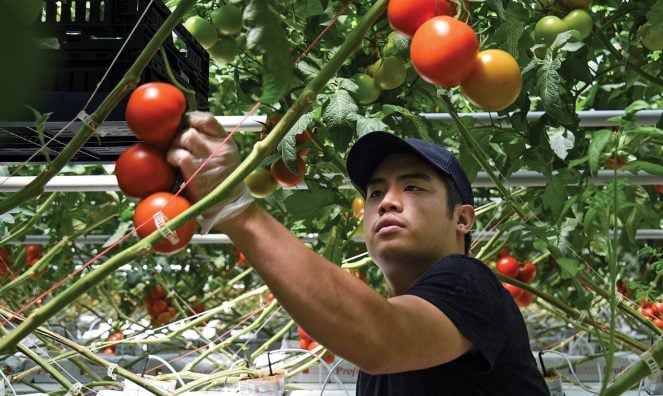Applications for Ohio Farm Bureau Health Plans now available
Members have three ways to apply: contacting a certified agent, calling 833-468-4280 or visiting ohiofarmbureauhealthplans.org.
Read MoreFulton County Farm Bureau member Paul Barnaby can’t hold back the pride he feels when he passes the new NatureFresh Farms facility being built in his county.
“You’re impressed every time you go down (State) Route 108,” he said. “I’ve had a chance to go in and see the tomatoes. They’re the biggest stalks you’ve ever seen.”
Barnaby would know. The self-proclaimed “retired” farmer spent 27 years as an agriculture teacher in northwest Ohio before turning his attention to county government. He’s been a Fulton County commissioner for 16 years and has a spot in the county’s Agricultural Hall of Fame.
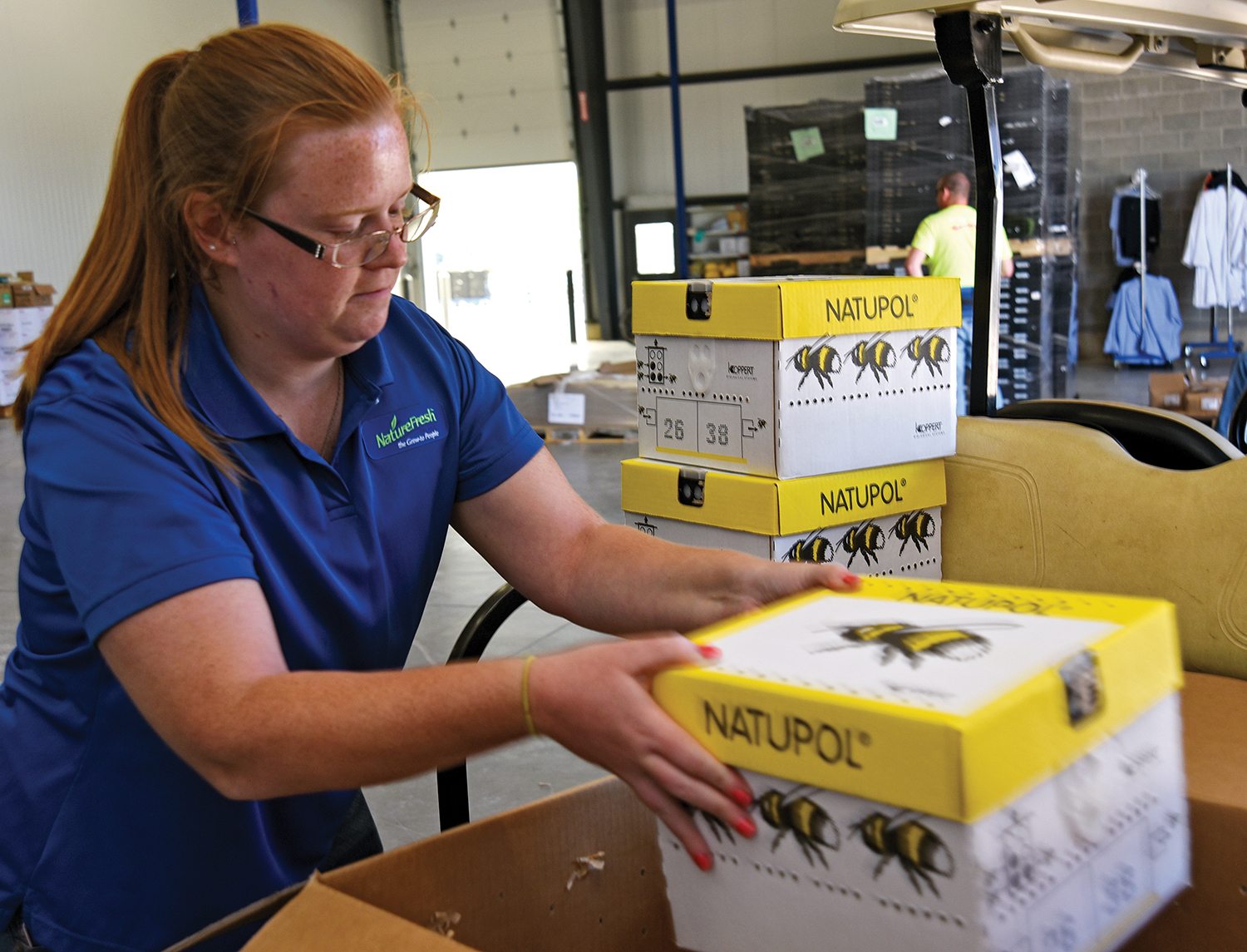
He said the Canadian company’s decision to make its first North American investment in Delta is significant for the whole region and one of the “biggest assets in Fulton County.”
Ontario-based NatureFresh brought its greenhouse technology to this part of Ohio after searching for several sites within the state.
“Location was key,” said Chris Veillon, NatureFresh Farms director of marketing. “We are able to get our product to market very quickly. The opportunity and reach is significant as we grow and market fresh produce 12 months of the year.”
With access to major interstates (including I-75 and I-80/90), the large facility, which has been taking shape in Delta for more than a year, will provide locally grown tomatoes year-round to more than 20 million people in a five-hour radius of its location.
The brand name of the variety of tomatoes grown at the facility is OhioRed and currently includes tomatoes on the vine, beefsteak, roma and specialty tomatoes that are coming on line shortly. As the site grows, so will the varieties, Veillon said.
OhioRed tomatoes are the definition of “locally grown,” Veillon said. “You know where they’re coming from; you know who the grower is.”
Ground broke on the facility in April 2015, with the first plants going in the day before Thanksgiving that year, he said. The first crop was harvested in February 2016.
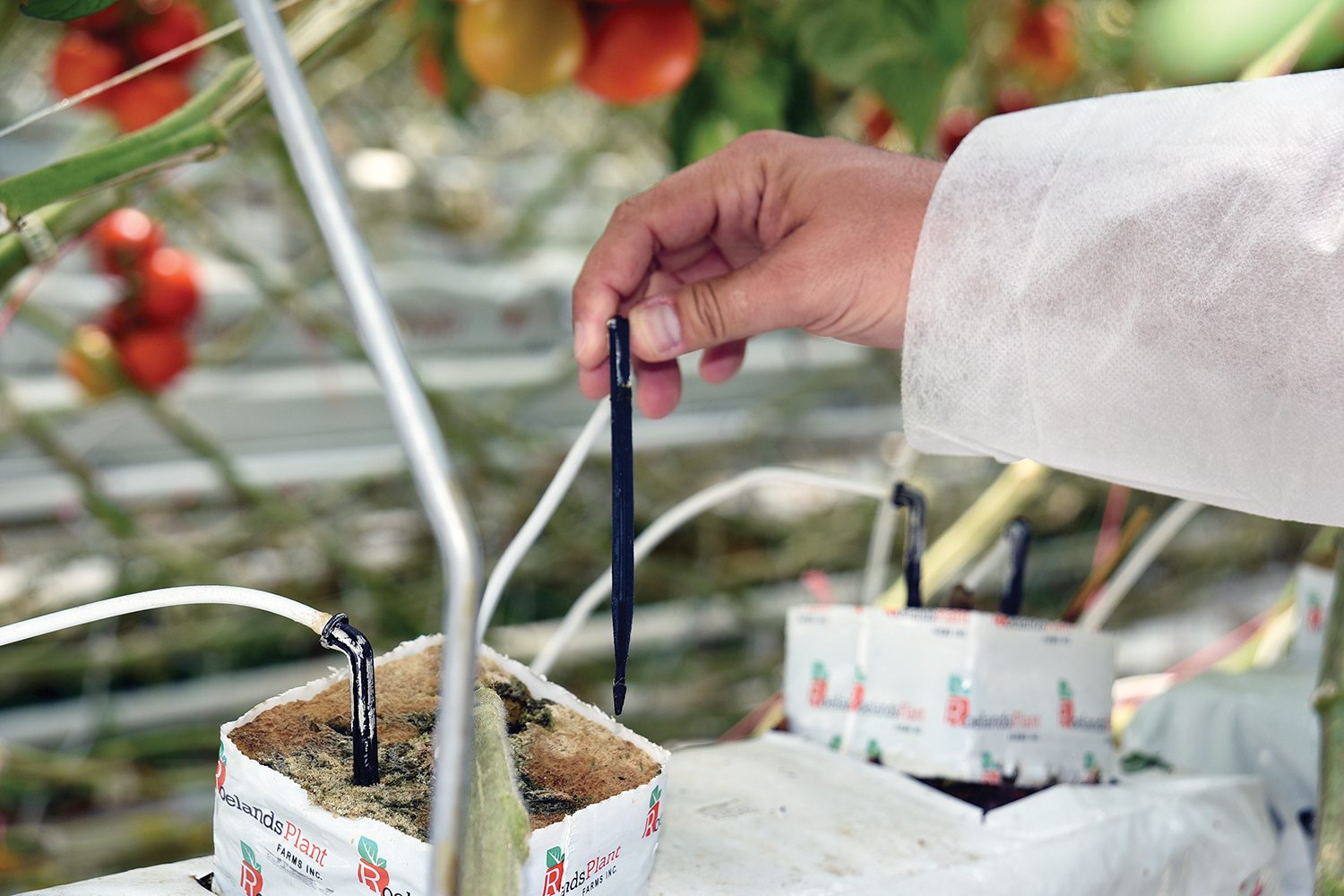
The Delta location is about 2½ hours away from the NatureFresh Farms headquarters in Leamington, Ontario. Selecting a site for the company’s first enterprise inside the United States was important, Veillon said.
So far the company has built 45 acres of hi-tech greenhouses using the latest temperature and nutrient controlled technologies to keep tomatoes growing (see sidebar). The business plan calls for 180 acres to be completed in 12 phases over seven years, Veillon said.
“The interest is astronomical,” Veillon said. “People drive by it every day and see something different every day. This is an eventual $200 million investment in northwest Ohio.”
Delta Village Administrator Brad Peebles said the 300-plus jobs that will be created provide “quality development opportunities” for those seeking employment. He said farmers in the community recognize the positive economic impact of the development on the region, not seeing the company as competition.
“This industry supports our ag community and (local farmers and NatureFresh Farms) serve two distinctly separate markets.”
NatureFresh’s OhioRed market includes chain grocery stores such as Kroger, Giant Eagle, Heinen’s and Wegmans. Veillon said more than 23,000 cases of OhioRed tomatoes were being shipped from Delta weekly to destinations throughout the Midwest to the East Coast and as far south as Texas.
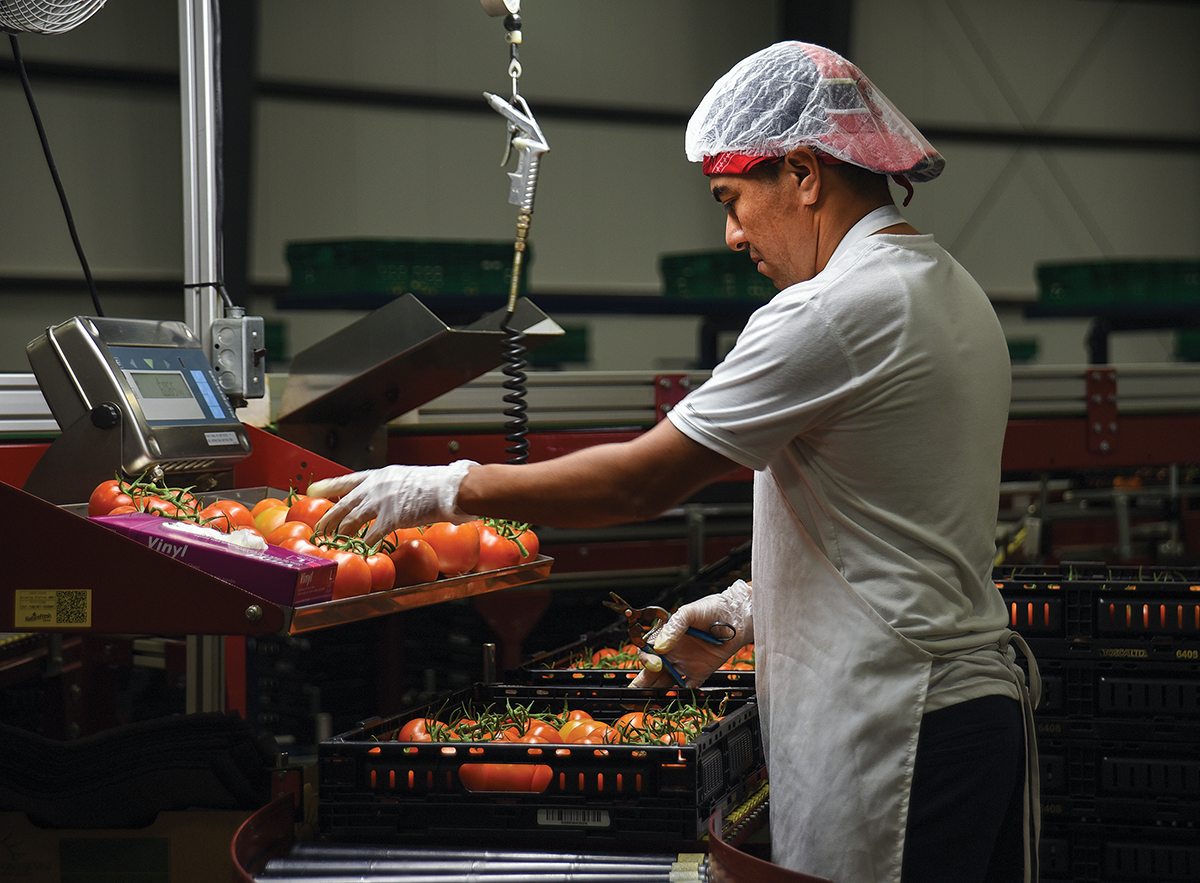
“Some competitors grow for yield; we grow for flavor and quality,” Veillon said.
NatureFresh Farms is a big company, but it is family owned and operated. It also prides itself on being organic and using clean energy to power its greenhouses.
That’s also a factor that made Delta attractive, according to Peebles, the Delta village administrator.
With NatureFresh’s use of radiant heat for its greenhouses and “clean” technology, Peebles also sees potential with another Delta business anchor: North Star BlueScope Steel, which opened in the village in 1997.
“For me this is the final hurrah before I retire,” he said, with a laugh, “to see the potential opportunity of a relationship between North Star and NatureFresh Farms and the positive economic impact and environmental impact on this area.”
Climate controlled technology makes it happen
With the press of a button tightly climate-controlled NatureFresh Farms greenhouses in Delta can make major or minor adjustments in temperature, water and sunlight distribution depending on the needs of the tomatoes being grown behind its giant glass walls.
All functions in the greenhouse are monitored by a computer system. The growers set the tolerances of acceptable conditions and if the computer senses a condition out of acceptable tolerances, it alerts the grower on his or her smartphone. Adjustments can be made on the smartphone or, if necessary, the grower will go to the building to check or correct the situation.
Hydroponic method
There are various growing methods that can be described as hydroponic, but the one thing they have in common is they are plants grown without soil. The long expanses of tomato vines in the NatureFresh facility ripen from the bottom up, meaning the lowest hanging fruit is the ripest in a continual loop. With hydroponics, the roots of the plant are immersed in water or are grounded in something other than soil. At NatureFresh the plant roots grow in a ground coconut substrate with dissolved minerals supplied in the irrigation water.
Water and light
Plants are watered by a sophisticated system of computer software modeling, grower inputs, weigh scales and sensors that work together to determine the exact timing and amount of nutrient-rich water applied daily.
The water that is used to hydrate the rows upon rows of tomato plants is a “100 percent closed loop system” made up of fresh water that is closely monitored for quality and distribution to the plants, Veillon said.
The plants react and are susceptible to the amount of sunlight they are exposed to. The greenhouse sensors record the temperature and sunlight and trigger more or less water, more or less shade (curtain closure), or more or less ventilation depending on the reading. While these changes are monitored, they all occur automatically.
The greenhouses are outfitted with high pressure sodium lighting, which the company says compensate for a lack of sunlight the plants need to grow in the winter months. With an abundance of off peak power available, NatureFresh is using the HPS lighting as a supplement to natural sunlight.
Featured Image: Harvester Andy Vilaysone hand-picks a bunch of vine-ripened tomatoes.
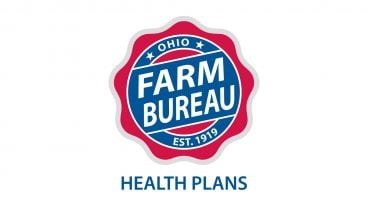
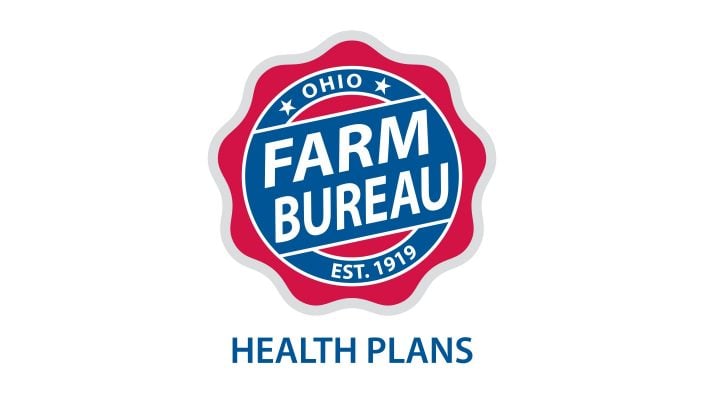
Members have three ways to apply: contacting a certified agent, calling 833-468-4280 or visiting ohiofarmbureauhealthplans.org.
Read More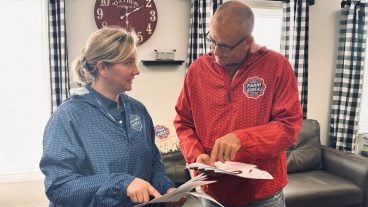
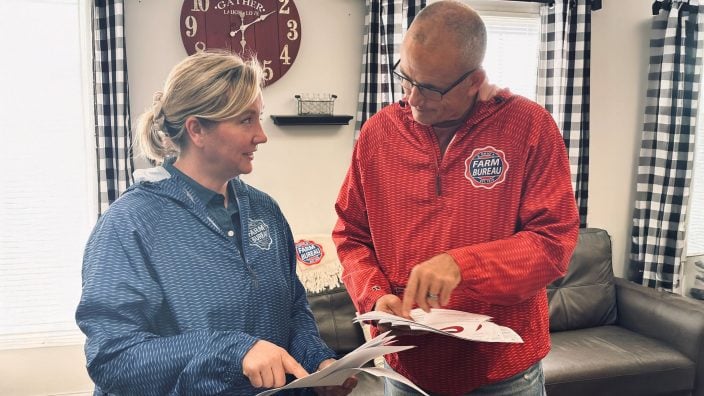
One of the best decisions Shannon and Heather Utter made a few years ago was looking into a Farm Bureau member benefit that has ended up saving them thousands of dollars on their energy bills.
Read More

Ryan Hiser has experienced first-hand the importance of having the opportunity to vote on issues that will affect his family operation and other farmers.
Read More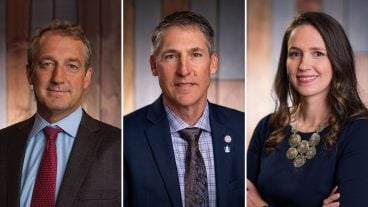
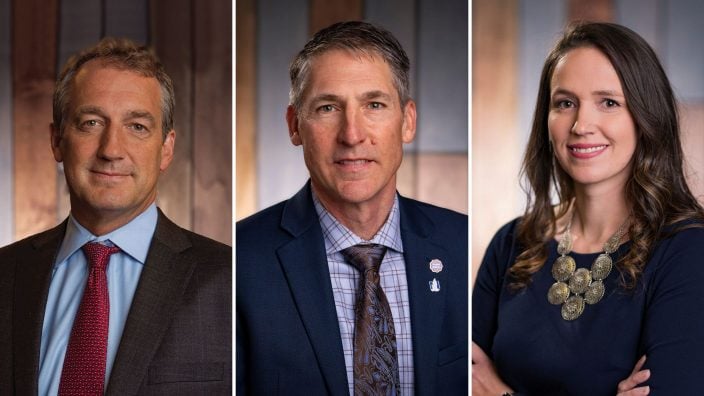
Bill Patterson, Cy Prettyman and Adele Flynn will continue to serve as officers for Ohio Farm Bureau Federation.
Read More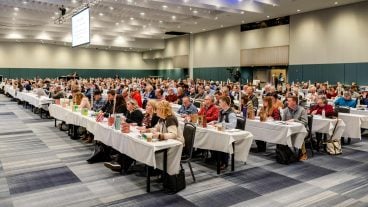
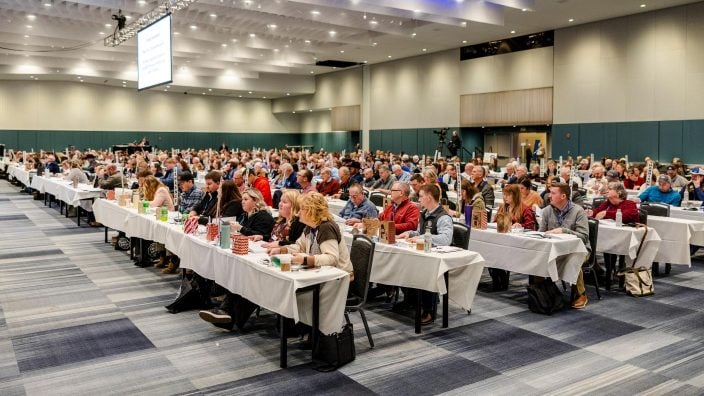
Delegates discussed many topics impacting agriculture including farmland preservation, local foods, and succession planning.
Read More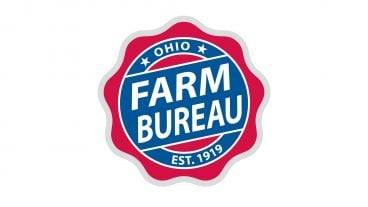
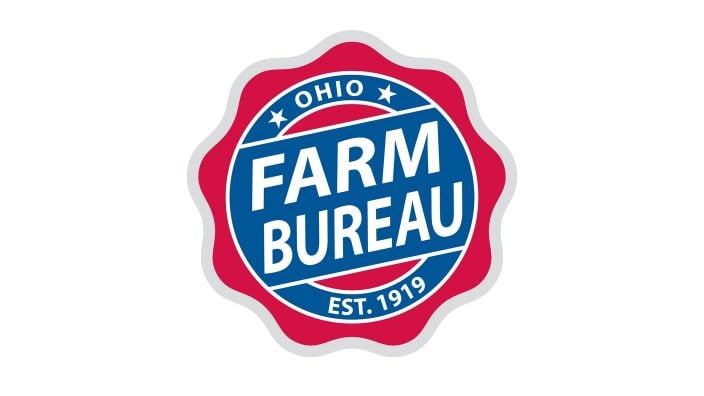
Twenty-six farmers govern the state’s largest farm and food organization.
Read More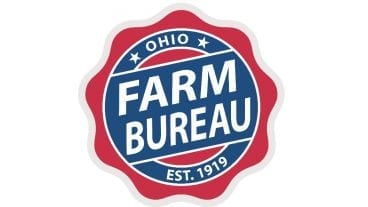
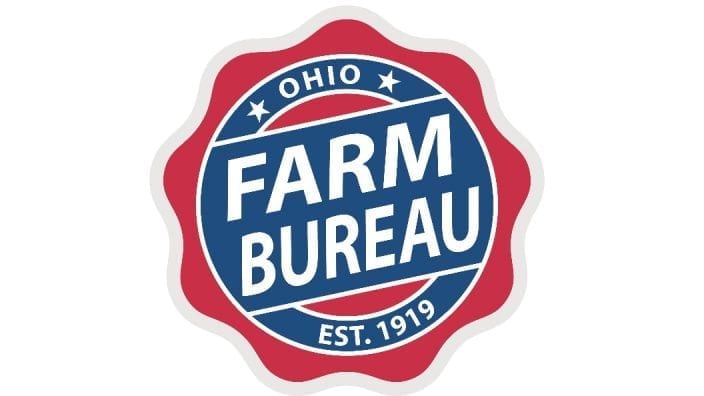
The 2025 recipients are Fred Cooke (posthumous) of Richland County, Marvin Dietsch of Williams County, Steven Knollman of Hamilton County and Michele Miller (posthumous) of Ottawa County.
Read More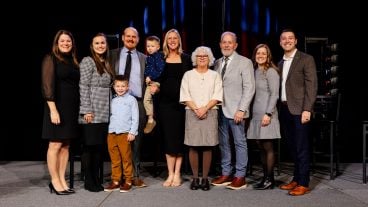
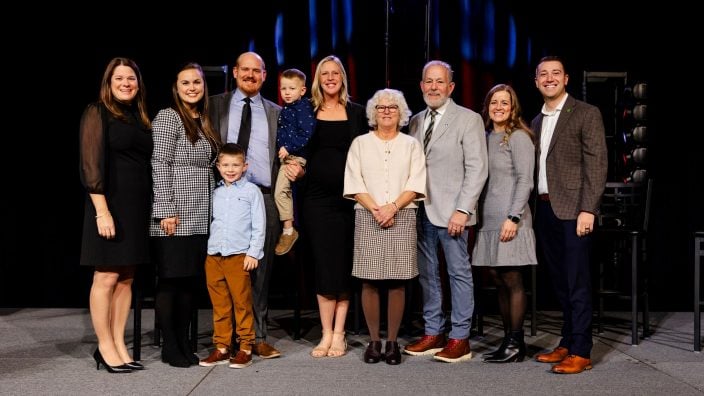
Nathan and Jill Parriman grow seasonal crops, including Christmas trees, pumpkins and cut flowers, providing U-cut experiences that invite customers to engage directly with agriculture.
Read More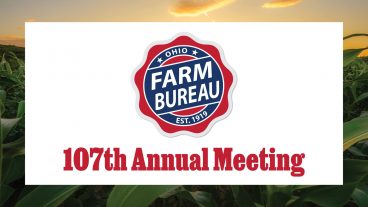
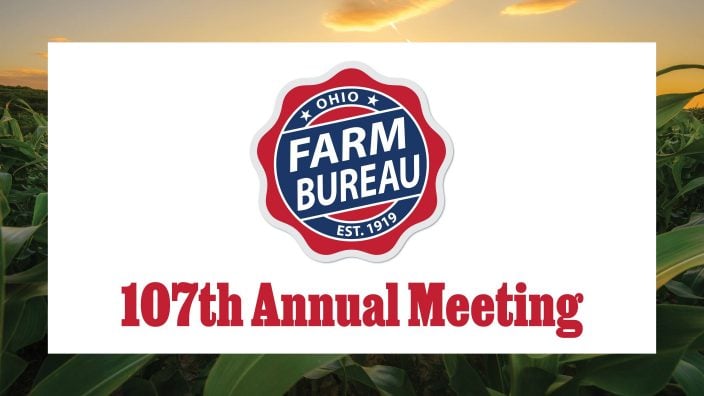
The 2025 Distinguished Service Award recipients are Craig Adams, Mike Townsley, and Kellogg Farms, Kurt Farms and Stateler Family Farms.
Read More

Ohio Farm Bureau Treasurer Adele Flynn participated in the meeting, representing Ohio farmers.
Read More